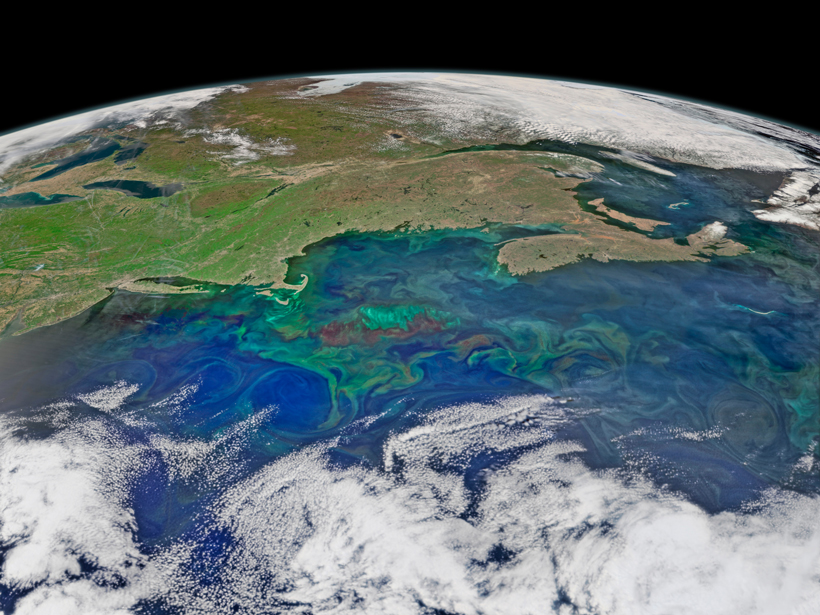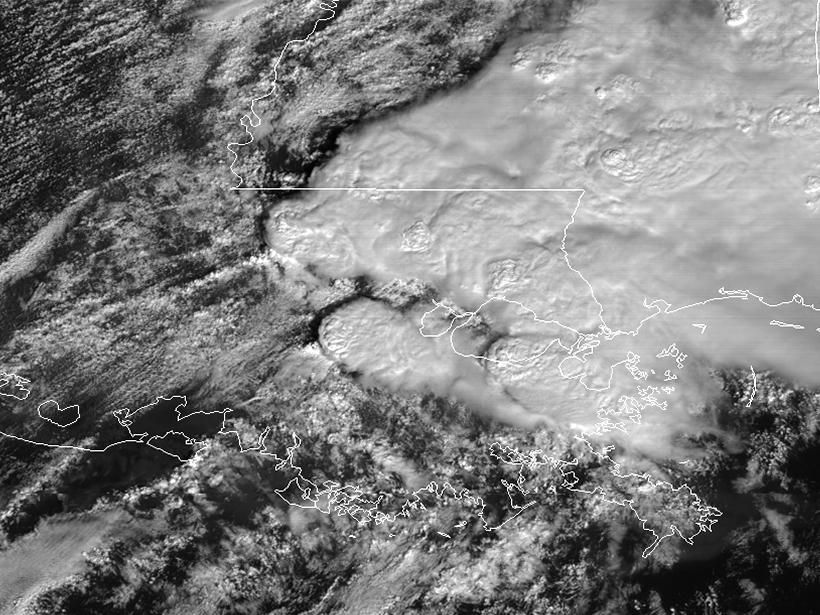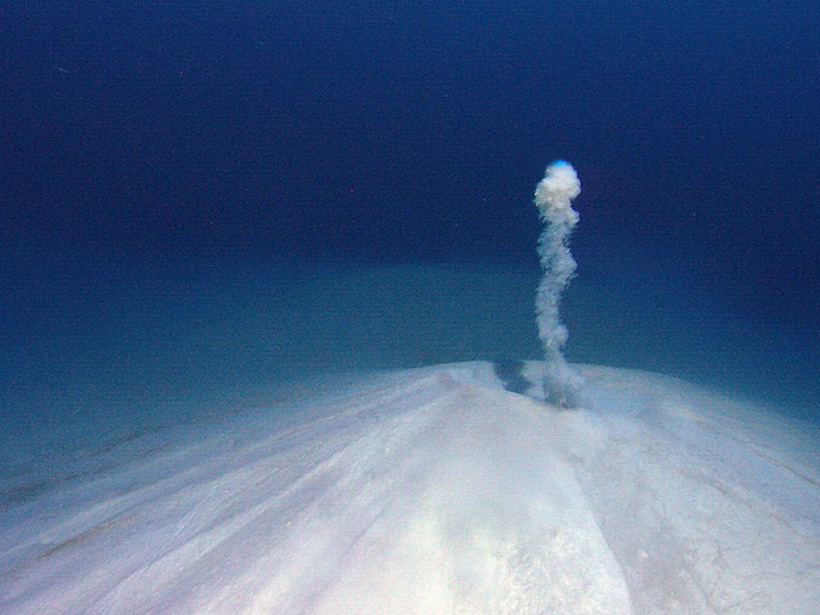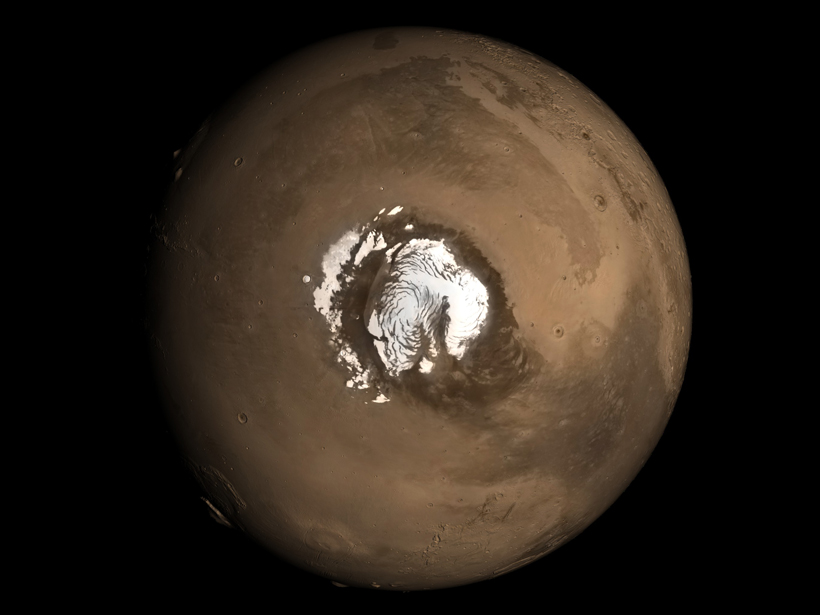A team of scientists laid out extensive details about a hypothetical future landing mission to find life on Jupiter's moon.
CC BY-NC-ND 2017
How Climate Change Affects the Flow of Carbon from Land to Sea
Changes in precipitation and runoff in New England may be driving more dissolved organic carbon into the Gulf of Maine.
Special Election to Fill AGU Board Vacancy Begins 16 February
Lisa Graumlich recommended to fill Board position by confirmation vote.
NOAA Video Shows Satellite Views of Louisiana Tornadoes
Real-time updates of storms will help forecasters track and predict where the most damage could occur.
Swirling Eddies in the Antarctic May Have Global Impacts
A new model examines how eddies in the Antarctic Circumpolar Current affect volume transport of the world's strongest current.
Fingerprinting the Source of Fore-Arc Fluids
A new model tracks boron and other tracers in fluids expelled from subducting slabs to help identify the fluids' source regions and migration routes.
EPA Comes Under the Gun in Congressional Hearing
The hearing also examined a complaint that a former NOAA scientist manipulated data in a high-profile global warming paper.
How Mars Got Its Layered North Polar Cap
Orbital wobbling shaped the dome of ice and dust at the planet's north pole.
2016 Fall Meeting by the Numbers
It's no secret that scientists love data. Knowing that, we've compiled a list of some of the many notable numbers from last year's AGU Fall Meeting.










